Understanding Scene Structure in Screenplays: How to Build Powerful Moments on Screen
They say you shouldn’t build castles in the air, but in screenwriting, if your scene structure is solid, you absolutely can. Imagine your screenplay as a sturdy fortress. With a robust scene structure, it stands firm against any narrative challenge.
When you master the art of constructing scenes that stand tall, moment by moment, beat by beat, you gain the ability to captivate your audience, holding them in rapt attention.
Script vs Screenplay: What’s the Real Difference
So, why should you care about scene structure? Cracking the code of how scenes truly work unlocks the ability to build tension and momentum that naturally propel your plot forward.
You stop telling your audience who your characters are and start showing them through choices, clashes, and consequences that hit like truth.
Scene structure lets you craft moments that don’t just entertain, but resonate long after the screen fades to black. This isn’t just a technique. It’s the superpower that separates a forgettable script from an unforgettable story.
Let’s break it down, one breath-stealing scene at a time.
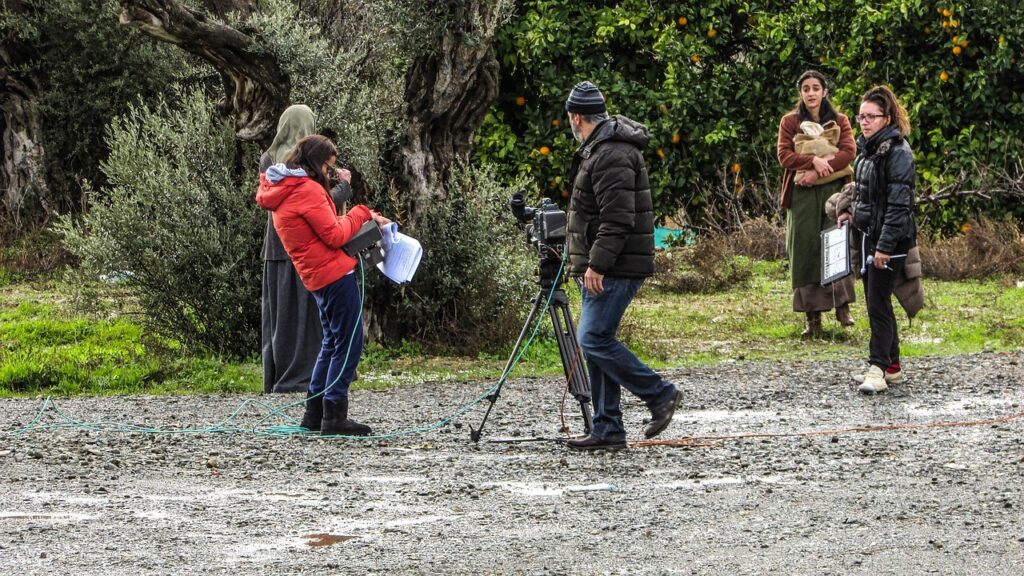
Screenplay Scene Breakdown
A great scene is like a short story that has a beginning, middle, and end. That may sound obvious, but you’d be surprised how many writers miss the mark. Without structure, a scene becomes talking in circles rather than a narrative beat that pushes the story forward.
The Classic Mini-Three Act Within a Scene
Here’s what top screenwriting gurus say about scene structure:
- Jordan Rosenfeld: Each scene needs a beginning, middle, and end.
- Sandra Scofield: Think of a scene as a situation, an action line, and a new situation.
- Alicia Rasley: A scene is a mini-story with a goal, obstacle, and outcome.
- Syd Field: Even if you only show part of a scene, it should still have a shape.
In other words, your scenes should have:
- A Beginning: Introduce the setting, character, and goal.
- A Middle: The action unfolds; conflict brews.
- An End: Something changes, whether it’s a win, a loss, or a twist.
This is what breathes life into your story, helping every scene feel purposeful.
Writing Stronger Scenes Using the G.O.D.D. Formula
To enhance your scenes from good to unforgettable, enter the G.O.D.D. formula: Goal, Obstacle, Dilemma, Decision. It’s the storytelling compass that keeps your scenes on track. If your scene isn’t doing at least one of these things, it’s just taking up space on the page.
Let’s unpack G.O.D.D. with a brilliant example from The Godfather.
Goal: Give Your Protagonist Something to Strive For
Characters without goals are like ships without rudders; they drift. A goal gives your character direction and urgency. In The Godfather, Michael Corleone’s goal is clear: revenge. Sollozzo orchestrated an attempt on his father’s life. Now, Michael is sitting across from the man who did it, pretending to listen, but planning to strike.
Meanwhile, Sollozzo’s goal is the opposite: he wants peace. Neither can afford to lose. These conflicting goals build a scene structure that’s as tight as a drum.
Obstacle: Raise the Stakes with Meaningful Conflict
What’s a goal without something standing in the way? Obstacles make things juicy. For Michael, the obstacles pile up:
- Sollozzo brings backup: the corrupt Captain McCluskey.
- Michael is unarmed, reliant on a plan involving a planted gun.
- The gun isn’t in the restroom immediately.
- His biggest obstacle? Himself. Can he pull the trigger?
That’s high-stakes storytelling baked right into the scene structure.
Dilemma: Force a Tough Choice
No pain, no gain. A strong dilemma tests your character’s values and priorities. Michael isn’t just deciding whether to kill a man. He’s choosing between two lives:
- A clean life, outside the family business.
- A violent act that will mark him forever.
This inner tug-of-war adds emotional weight. The audience leans in because they know the cost of either choice is immense. Sollozzo also has a dilemma: Fail to control Michael, and war will erupt. Both characters are cornered.
Decision: Let the Character Choose, for Better or Worse
This is the heartbeat of the scene. Michael finally finds the gun, returns to the table, hesitates… and then makes his decision. He shoots both Sollozzo and McCluskey. Boom. Just like that, Michael transforms.
This moment wraps the scene with a punch. It brings closure to the goal, the obstacle, and the dilemma, marking a decisive shift in both plot and character. The scene’s structure makes it unforgettable.
Why Scene Structure Is Your Best Screenwriting Ally
You might be wondering: How does this help me?
Good question. Understanding scene structure means you’ll stop writing aimless scenes and start crafting moments that:
- Scene structure is the key to unlocking your characters’ true essence. It’s not about what they say, but what they do. By crafting scenes that reveal character through action, you create a deep connection between your audience and your characters.
- Increase tension and emotional stakes.
- Set up and pay off plot threads.
- Keep your audience gripped from scene to scene.
Much like a chess match, every move matters. Every scene is a calculated risk, a step toward checkmate. Your audience doesn’t want to watch your characters wander. They want to see them fight for something, hit a wall, and wrestle with choices.
And here’s the thing: not every scene will have one tidy G.O.D.D. Sometimes, you’ll have multiple layers in one scene, or need several scenes to play out a dilemma. That’s fine.
Flexibility lives at the heart of storytelling. But structure? That’s non-negotiable.
How to Write a Scene That Pulls Its Weight
If your screenplay were a house, scenes would be the bricks. But not all bricks are created equal; some crack under pressure, while others hold up an entire wall.
So, how do you craft scenes that can carry the weight of your story? That’s where scene structure steps into the spotlight.
Think of a well-built scene like a mini-story. It has its heartbeat, rhythm, and reason for being. At its core, effective scene structure hinges on three fundamental elements: goal, conflict, and resolution. Like three legs of a tripod, if one’s missing, the whole thing topples.
Let’s break it down further using expert insights and age-old storytelling wisdom.
The Setup, Turning Point, and Payoff
Author Larry Brooks puts it this way: “Many scenes have a setup, a confrontation, and a resolution.” David Corbett echoes this sentiment and gives it a bit more structure:
- The Setup: This is the calm before the storm. You lay the groundwork, often posing a question or setting up a dilemma that demands attention. The setup gives your characters a sandbox, and your audience a reason to lean in.
- The Turning Point: Here’s the plot twist.. something shifts, a choice, a surprise, a revelation, and suddenly, the stakes skyrocket.
- The Payoff: This is the aftermath. Characters have changed (even if slightly), and now there’s a new direction. It might be subtle or dramatic, but it always nudges the narrative forward.
The Character-Centric Approach
Story guru Deborah Chester insists that intense scenes always include a goal, conflict, and resolution, simple, but far from easy. Other writing mentors, like Rubie and Provost, visualize scene structure as: Here’s a character. Here’s their prize. Here’s what’s in the way.
In that framework, what keeps readers glued to the page is watching the character struggle and back down in the face of obstacles. David Corbett offers another helpful trio through the lens of character motivation:
- Objective: What does your character want in the moment?
- Obstacle: What or who is in the way?
- Action: What tactic does the character use to push past the obstacle? This approach helps breathe emotional truth into scenes.

The ABCs of Scene Structure
Dwight Swain, author of Techniques of the Selling Writer, describes it like this:
A. Goal. B. Conflict. C. Disaster. In this version of scene structure, every event builds like a snowball barreling downhill:
- Goal: What the POV character wants in the scene.
- Conflict: The escalating series of obstacles that arise as they pursue that goal.
- Disaster: A nasty setback or unexpected twist that kicks them down a peg, sometimes literally.
Swain warns that without such a tool, even your best material may come forth diffuse and devoid of impact. Scene structure is your organizational glue. It keeps tension tight and stakes high.
Scene Writing Tips
Writing a scene without purpose is like throwing a dart in the dark; you might hit something, but don’t bet on it. Once you understand the bones of scene structure, it’s time to focus on what gives your scenes flesh, blood, and pulse.
Master the Invisible Threads
To write scenes that shimmer, you’ll need more than plot points; you’ll need nuance. Here are four essential tools that’ll improve your storytelling:
- Dramatic Tension: This isn’t just about conflict; it’s about potential. Will the character kiss them, or kill them? Will they say “I quit” or “I’ll stay”? It’s the unsaid, the anticipation that glues the audience to their seats.
- Scene Subtext: Think of this as the emotional undercurrent beneath dialogue. A character might say, “I’m fine,” but mean “I’m falling apart.” Subtext enriches scenes without spelling everything out.
- Scene Intentions: Every scene must have a reason to exist. If it doesn’t serve the story, cut it.
- Pacing and Scene Length: Too long, and the audience might drift. Too short, and it might lack punch. Every scene should hit the right beats and know when to end.
Use scene structure as your internal compass. It ensures every beat of your scene serves the bigger picture.
Scene Structure and the Three-Act Blueprint
Let’s not beat around the bush; despite all the bells and whistles, storytelling boils down to a beginning, middle, and end. We’ve been wired for it since cavemen etched mammoth hunts on cave walls.
The three-act structure is the framework for most successful screenplays:
- Act One (Setup): We meet the characters and their world. The seed of conflict is planted.
- Act Two (Confrontation): The stakes rise, relationships strain, and choices deepen.
- Act Three (Resolution): Everything comes to a head. Choices are made, and consequences unfold.
Each scene within this structure needs to pull its weight. That’s where scene structure proves its worth again. Think of every scene as a stepping stone. When placed right, they guide the audience across the river of your story with ease and engagement.
Misplace one, and the audience trips or loses their way.
Famous Films That Nail Scene Structure
Let’s call out some legends. These blockbusters thrive because every scene packs a punch:
- Die Hard: Each scene builds tension higher, building toward the final explosion (literally).
- Raiders of the Lost Ark: Scene after scene balances goal and conflict while layering character development.
- The Fugitive: From rooftop chases to courtroom drama, scenes carry momentum while peeling back layers of the story.
- Star Wars: Arguably the gold standard in balancing emotional stakes, clear goals, and climactic payoffs.
- Witness: A slow-burn thriller where scene structure supports suspense like a carefully tuned violin string.
All these films follow the core tenets of scene structure, with no fluff or filler. Just forward motion, emotional pull, and narrative purpose.
Why This Matters to You
Whether you’re a first-time screenwriter or a seasoned storyteller, understanding scene structure is your secret weapon.
- It prevents writer’s block by giving your scenes a roadmap.
- It ensures your story has momentum, not meandering.
- It helps your audience stay invested in what your characters are doing and why it matters. Scene structure weaves every scene into a tight, compelling narrative.
Build Scenes That Earn Their Place
Scene structure is the silent engine humming beneath the hood. When done right, it vanishes into the background, allowing your characters and dialogue to shine. So the next time you’re stuck mid-script, staring at that blinking cursor, ask yourself:
- What does my character want?
- What’s standing in their way?
- What changes by the end?
That’s scene structure, in its simplest, most potent form.
The Secret Sauce of Scene Structure
Writing a screenplay without tension is like trying to light a campfire with wet wood; it just won’t catch fire. Mastering scene structure means knowing how to build tension that captivates your audience and keeps them on the edge of their seats.
10 Screenwriting Mistakes to Avoid as a Beginner
One powerful tool to do this is the Triangle of Knowledge, a technique that’s like playing a game of hide and seek with facts. Eric R. Williams, who coined this concept, explains that tension sparks when one corner of this triangle, the Protagonist, the Audience, or another Character, is left “in the dark” during a scene.
Let’s break down the three key options for where to keep the light off:
Audience in the Dark
This is the classic approach. Imagine you’re handing your audience a puzzle with missing pieces. They watch the characters interact but don’t have the whole picture, which stokes curiosity and suspense.
Protagonist in the Dark
When the hero is clueless but the audience knows more, tension tightens like a noose. We root for the protagonist and warn them silently, even shouting at the screen, “Watch out!”
Secondary Character in the Dark
Watching a side character stumble in ignorance while the audience and protagonist are aware adds a pinch of dark humor and tension.
The Storyteller’s Parallax: Adding Depth to Scene Structure
If the Triangle of Knowledge is a flat map, the Storyteller’s Parallax is a three-dimensional globe.
It adds the storyteller’s perspective as a fourth point, allowing tension to bounce in new directions.
For example, in Panic Room, the audience alone knows Meg’s phone has fallen under the bed, a deadly secret she’s clueless about. This knowledge makes us root for her while dreading the possible fallout, heightening the emotional stakes.
Quick Tips to Hold Audience Attention in Any Scene:
- Use selective knowledge to keep your audience guessing.
- Balance what your characters know versus what your audience knows.
- Let tension simmer through dramatic irony or surprises.
- Use body language and subtext to layer meaning beneath dialogue.
Mastering this aspect of scene structure transforms ordinary moments into unforgettable cinematic experiences.
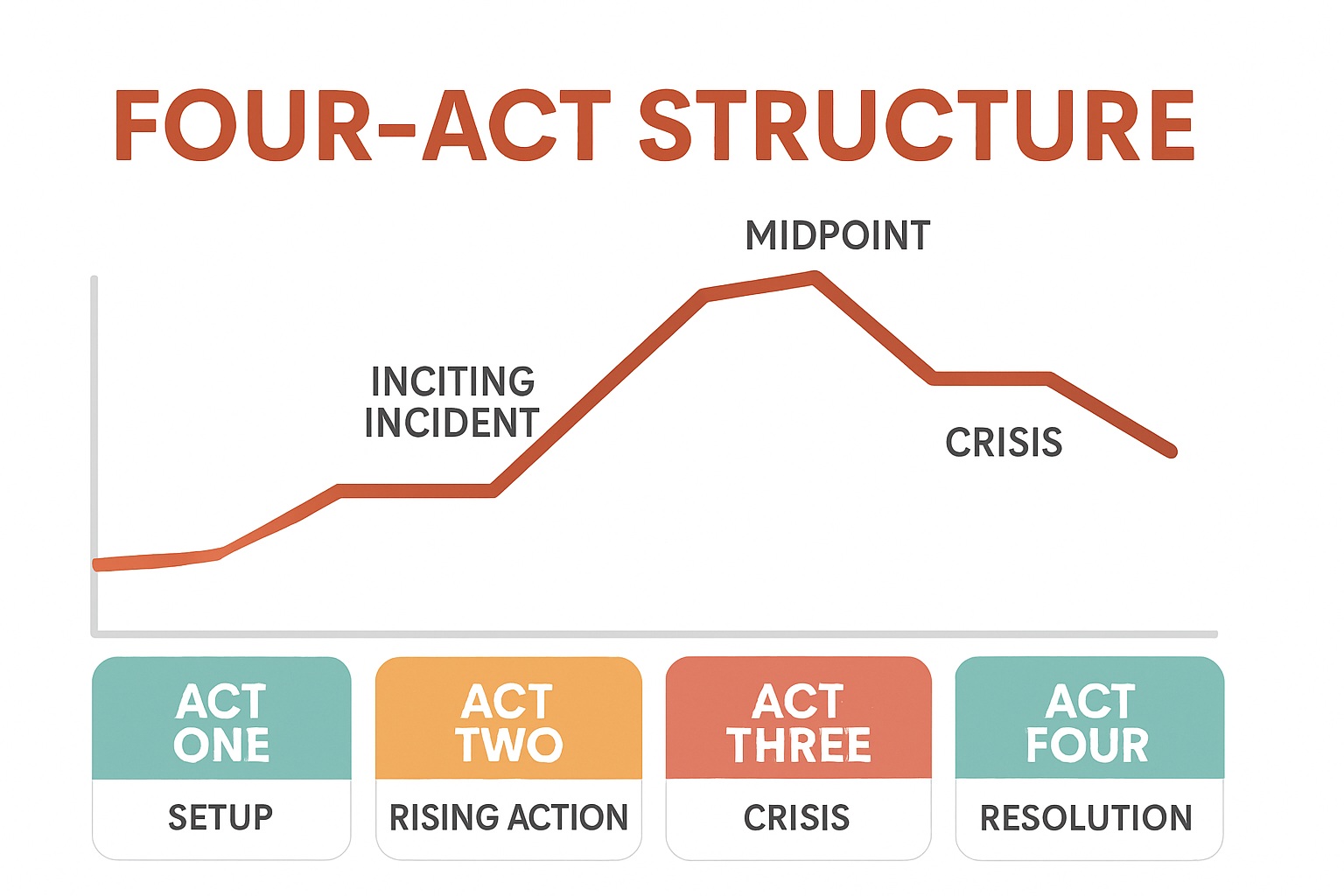
What Is the Four-Act Structure?
Visualize juggling three balls at once, now imagine adding a fourth. It might sound tricky, but the four-act structure breaks your screenplay into four clear, manageable parts, making pacing and story rhythm feel less like a juggling act.
This structure builds on the classic three-act model but splits the hefty second act into two distinct sections: rising action and crisis. This separation helps writers avoid the common trap of a sagging middle and offers a more precise roadmap for building suspense.
Here’s the breakdown:
The Setup
This act introduces the world, whether it’s a bustling city or a haunted mansion, and the main character’s day-to-day life. But just as things seem normal, an inciting incident shakes up the status quo, pulling the protagonist into the heart of the conflict. The act closes with a turning point, a point of no return that propels the story forward.
The Rising Action
Now the plot thickens. Challenges, obstacles, and subplots come into play. The stakes rise steadily as the protagonist navigates through complications.
The act climaxes at the midpoint, where a major revelation or event reshapes the narrative and intensifies the tension.
The Crisis
Here, things take a darker turn. The protagonist attempts to solve the problem but hits a brick wall. This “dark night of the soul” is a low point where hope seems lost.
Both internal doubts and external pressures pile up, pushing characters to their limits.
The Resolution
This is the home stretch. Armed with new resolve or insight, the protagonist faces the final challenge head-on. The climax tests their growth, leading to triumph or failure, followed by a resolution that ties up loose ends and delivers emotional payoff.
The Power Behind Every Great Screenplay Scene Structure
Scene structure is the backbone of your screenplay. It’s the difference between a story that falls flat and one that grabs your audience by the collar and won’t let go.
Mastering the elements from tension-building techniques like the Triangle of Knowledge to the four-act structure’s pacing allows you to craft moments that linger long after the credits roll.
Bring Unforgettable Scenes to the Screen
If you want to take your screenplay to the next level, why not get expert help?
Contact Quilltowers for professional scene breakdowns and script coaching suited to sharpen your scene structure and storytelling craft.
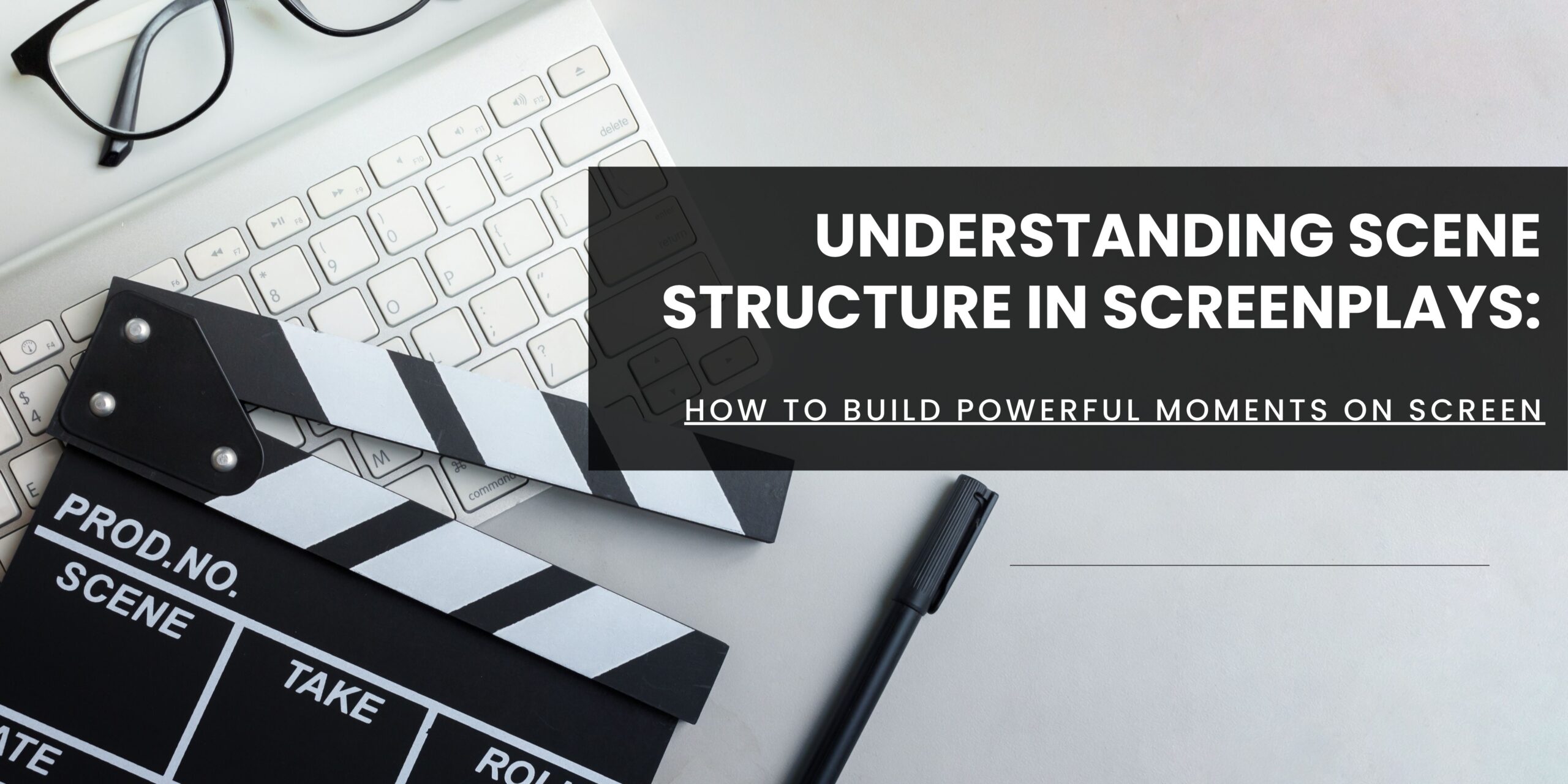
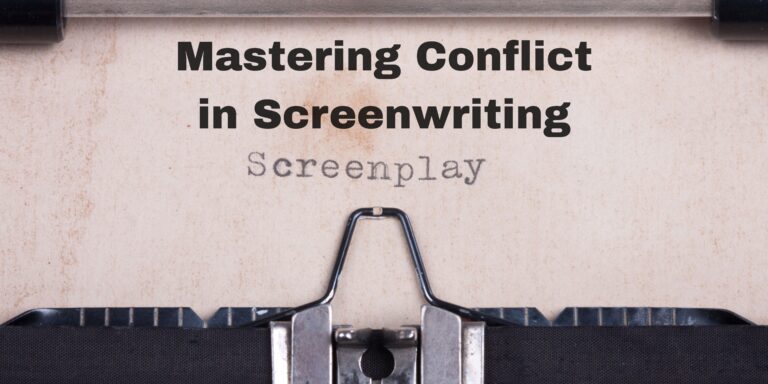
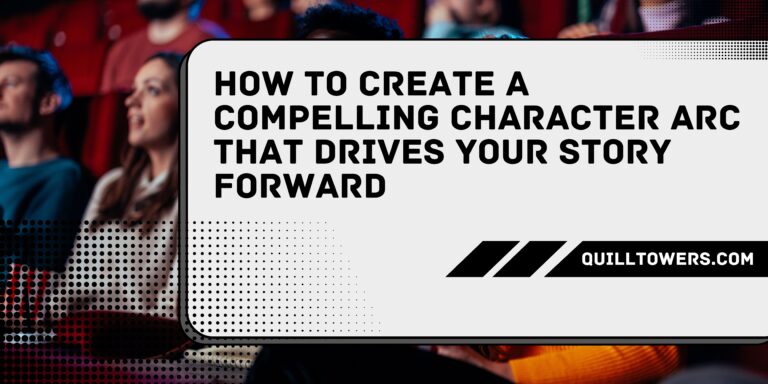
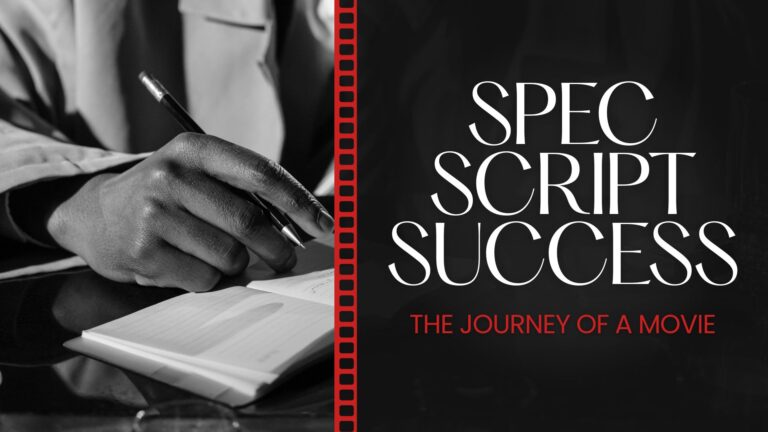


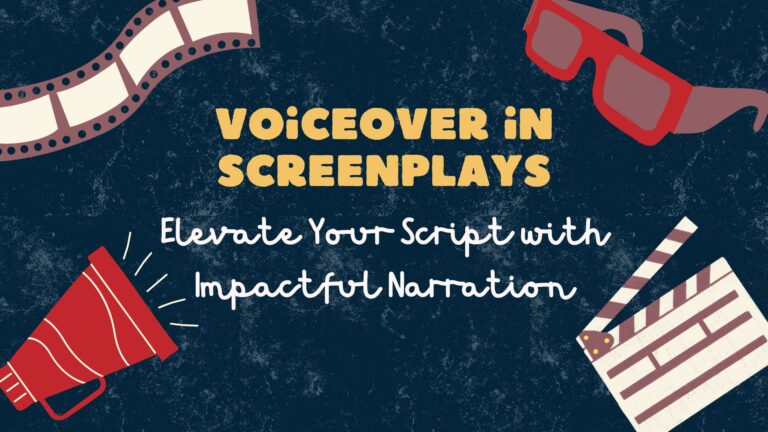
Идеальные источники бесперебойного питания для дома, узнайте.
Обзор источников бесперебойного питания, читайте.
Почему стоит купить ИБП, узнайте.
Рекомендации по выбору источников бесперебойного питания, в нашем гиде.
Все о ИБП, в статье.
Покупка ИБП: на что обратить внимание, узнайте.
Ваш идеальный ИБП, обратите внимание.
Все о принципах работы источников бесперебойного питания, узнайте.
Советы по использованию ИБП, в этой статье.
Что нового в мире ИБП, в этой статье.
Правила подключения источника бесперебойного питания, на сайте.
Как выбрать ИБП для разных нужд, ознакомьтесь.
Как выбрать оптимальный ИБП, здесь.
Все о различных типах источников бесперебойного питания, узнайте.
Как установить источник бесперебойного питания?, в статье.
Что выбрать: ИБП или альтернативу?, в нашем блоге.
Ремонт источников бесперебойного питания: основные советы, в нашем гиде.
Сравнение моделей источников бесперебойного питания, в статье.
Рекомендации по выбору ИБП для дома, здесь.
источники бесперебойного питания цена http://www.istochniki-bespereboynogo-pitaniya.ru/ .